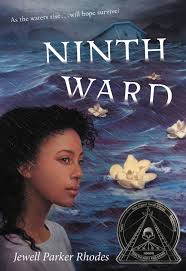
It’s back-to-school time for ELA classrooms soon! While we as teachers, parents, homeschooling families, and librarians might hear occasional moans and groans from students reaching the end of summer break, the advent of the new school term also brings so much eagerness and anticipation for new and different activities. This can be an especially exciting time with middle graders, who have learned some autonomy with their studies, are capable of more decision-making and logical thinking, and who love a creative challenge. Kicking off the school year by providing middle grade writers with some imaginative and unusual writing assignments will inspire them to pursue other reading and writing ventures throughout the year.
As writers, we recognize the importance of establishing a setting and developing it through details. This kind of worldbuilding not only immerses the reader in the time and place of the narrative but also allows the writer to carefully control what the reader sees and hears regarding the story’s location. For the young writer, worldbuilding employs the imagination, promotes pride of authorship, and provides an opportunity for critical thinking and the highest levels of Bloom’s Taxonomy. From a curriculum perspective, worldbuilding as an assignment provides the instructor with a chance to fulfill standards by reviewing or introducing connected literary devices and techniques such as:
- Description
- Sensory imagery
- Metaphor and Simile
- Personification
- Atmosphere and Mood
- Tone and Voice
- Point of View
Having students review these literary devices and focus on each or on a combination of elements in a piece of their own authored writing makes for a richer, more personalized learning experience. Here are some ideas, prompts, and examples for exploring the worldbuilding concept as an assignment with your MG writers.
Worldbuilding Components for Middle Grade Writers
In reviewing story elements during a short story or novel unit, you might go beyond the typical definitions and examples for setting and instead allow writers to create their own setting. Try a graphic organizer for these and other components (and lots of space for details, brainstorming, and descriptions). Or use poster-sized paper for visual images or maps, and offer this list to inspire connected labels or captions:
Living on the Land: Geography, landscape, weather, climate, ecosystems
Living with Others: People, animals, and creatures; homes, habitats, and shelters; societies, neighborhoods, and cities
Getting Along: Communication; government; laws; technology; social institutions like education; relationships like family and marriage; economy and money systems; transportation and infrastructure (roads, bridges)
Surviving: Food and agriculture, tasks and working, earning wages or trading, keeping healthy, protection
Dangers and Threats (i.e., Conflicts): Enemies, nature, wildlife, discord, war or battle, illness
Don’t Forget the Place Name: Borrowed or original; symbolic meaning, allusion
Once students have had a chance to think through these and other elements of worldbuilding, writing projects on the topic might expand to include prompts and activities.
Prompts for Worldbuilding with MG Writers
Three Characters in Search of a Setting: Provide students with three character identities, including for each traits, goals, motivations, conflicts, and relationships. The writer’s job is to determine a world that would serve the characters well in terms of suspense, tension, and continued potential for conflict. Student writers can add maps with labels, bulleted descriptions, brief histories, and artwork to convey the setting more fully.
Time Travel: Students choose a real place for the setting for a simple, conflict-rich storyline and detail its basic concerns; then they choose whether to move the time period up (into the future) or push it back (into the past). Pushing a setting back at least 60 years, for example, offers a chance to investigate the history of a place and incorporate its time-period specific details (what were computers like in 1960, anyway?). Moving the time period into the future allows for more speculation based on the location’s current characteristics and needs.

 Genre Swapping: Take a familiar setting from a favorite book or class novel study and re-imagine the time and place by changing the book’s genre. For example, what if a modern comedy like Gordon Korman’s Unplugged was actually a high fantasy? Or if Lauren Wolk’s historical Wolf Hollow was contemporary? Build this “reset” world, keeping premise details in mind.
Genre Swapping: Take a familiar setting from a favorite book or class novel study and re-imagine the time and place by changing the book’s genre. For example, what if a modern comedy like Gordon Korman’s Unplugged was actually a high fantasy? Or if Lauren Wolk’s historical Wolf Hollow was contemporary? Build this “reset” world, keeping premise details in mind.
No Swapping Allowed: Choose a story for which the setting and worldbuilding is inherent to the narrative, and detail the ways in which the plot relies on the setting to hold together.
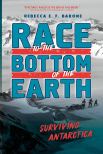 Narrative Nonfiction Worldbuilding: Apply worldbuilding analysis to a work of narrative nonfiction as a way to glean factual detail and comprehend the setting’s full impact on the tale, especially one in which the setting seems distant or almost otherworldly, like Race to the Bottom of the Earth: Surviving Antarctica by Rebecca E.F. Barone.
Narrative Nonfiction Worldbuilding: Apply worldbuilding analysis to a work of narrative nonfiction as a way to glean factual detail and comprehend the setting’s full impact on the tale, especially one in which the setting seems distant or almost otherworldly, like Race to the Bottom of the Earth: Surviving Antarctica by Rebecca E.F. Barone.
I hope an idea or two here suits your classroom goals, and that you find the notion of worldbuilding to be an interesting and useful writing workshop activity! Good luck to everyone this school year.

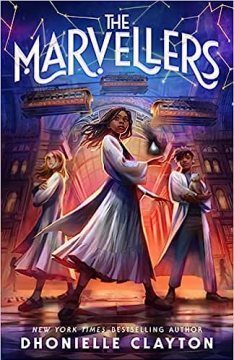
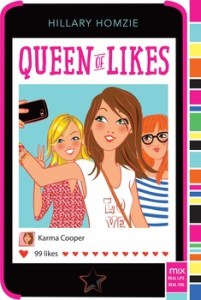
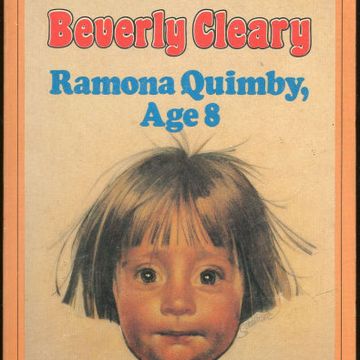
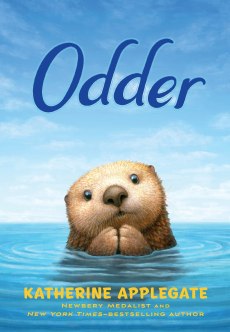 The End of the Story
The End of the Story